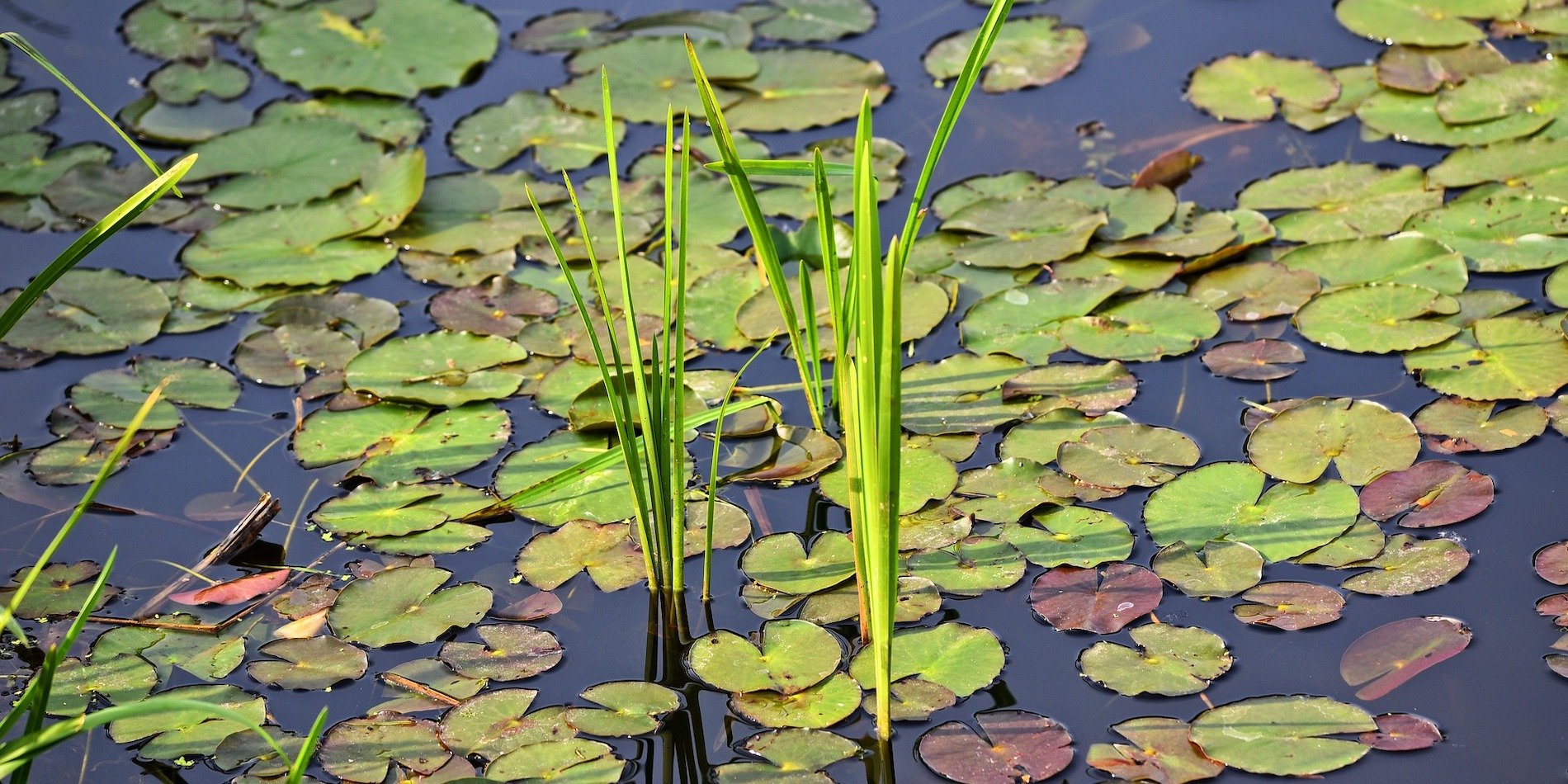Ponds, those serene pockets of water tucked away in nature's embrace, are not only picturesque but also crucial ecosystems. These habitats teem with life, from fish to frogs, aquatic plants to insects, each playing a vital role in maintaining the delicate balance of nature. But when it comes to managing and enhancing pond habitats, a critical question arises: Is it better to leave them in their natural state or introduce artificial elements to improve them? In this blog post, we will explore the fascinating debate of natural vs. artificial pond habitats, delving into the benefits, drawbacks, and the art of finding the perfect balance.
Understanding Natural Pond Habitats
Natural Beauty and Diversity
Natural pond habitats are untouched gems of biodiversity. They evolve organically over time, adapting to environmental changes, and are home to a rich variety of flora and fauna. Ducks glide gracefully across the water, while dragonflies flit overhead. Beneath the surface, fish dart among aquatic plants, while amphibians find refuge along the muddy banks. These ecosystems are visually stunning and serve as living testaments to nature's artistry.
Ecosystem Services
Natural ponds offer invaluable ecosystem services. They act as water purification systems, filtering out pollutants and improving water quality. Their dense plant life and algae help to oxygenate the water, creating a hospitable environment for aquatic life. Additionally, these habitats support local wildlife and provide breeding grounds for amphibians and invertebrates.
Advantages of Natural Pond Habitats
Biodiversity Preservation
One of the most significant advantages of natural pond habitats is their ability to preserve biodiversity. Native species have evolved alongside these ecosystems, making them critical for the survival of countless plants and animals. Protecting natural habitats is essential to maintain the balance of local ecosystems.
Adaptability
Natural habitats have an inherent ability to adapt to changing conditions. Over time, they evolve and shift, creating a dynamic environment that responds to nature's rhythms. This adaptability is crucial in the face of climate change and other environmental challenges.

Aesthetic Appeal
Lastly, natural pond habitats offer an aesthetic appeal that is hard to replicate. Their untouched beauty and tranquil atmosphere make them popular destinations for birdwatchers, nature enthusiasts, and photographers.
Artificial Pond Habitats: An Overview
Defining Artificial Pond Habitats
Artificial pond habitats, as the name suggests, are human-made additions to pond ecosystems. These can include structures like fish shelters, nesting platforms for waterfowl, and even submerged statues or sculptures. The primary goal behind creating artificial habitats is to enhance the pond's ecology and provide specific benefits when other habitat is not present.
Benefits of Artificial Pond Habitats
Wildlife Conservation
Artificial habitats can play a crucial role in wildlife conservation. They provide refuge and breeding sites for species that might be struggling in the wild due to habitat loss. For instance, nesting platforms can support waterfowl populations, while fish shelters such as our Honey Hole Shrubs offer safe havens for fry to take cover as they grow.
Ecosystem Management
Another advantage of artificial habitats is their role in ecosystem management. Honey Hole Brush and Honey Hole Trees, for instance, can be strategically placed to improve fisheries management, making it easier for anglers to catch fish while preserving the overall fish population.

Research and Education
Artificial habitats also offer opportunities for research and education. Scientists and students can study these structures to gain insights into species behavior, habitat preferences, and ecological processes. Additionally, they can serve as educational tools for nature centers and schools.
Considerations and Challenges
Maintenance
Natural habitats are going to require maintenance. Natural habitats may need invasive plant species management and degrade over time, requiring replacement or repair. Artificial habitat - like our Honey Hole series - are made with materials that will last. Deploy this artificial fish habitat once, and you’ll be creating your own personal Honey Hole for years to come.

Balancing Act
Finding the right balance between natural and artificial elements is often the key to successful pond management. Combining the benefits of both can lead to healthier, more resilient ecosystems.
In the debate of natural vs. artificial pond habitats, there is no definitive winner. Each has its advantages and disadvantages, and the choice largely depends on your goals and the specific conditions of the pond in question. Natural habitats offer unspoiled beauty and support local biodiversity, while artificial habitats can enhance wildlife conservation, fisheries management, and research opportunities. Ultimately, the best approach may be a harmonious blend of both, allowing us to enjoy the wonders of nature while actively contributing to their preservation. Whether you lean toward natural or artificial, one thing remains clear: ponds are precious jewels of our natural world that deserve our care and attention. If you need help deciding what fish habitat you need in your pond, please feel free to contact us. We have fisheries biologists on staff to help point you in the right direction.




